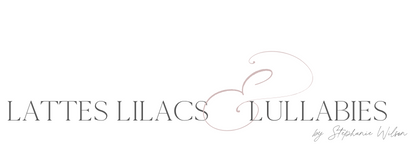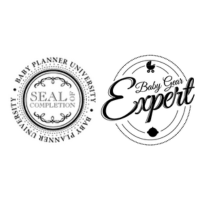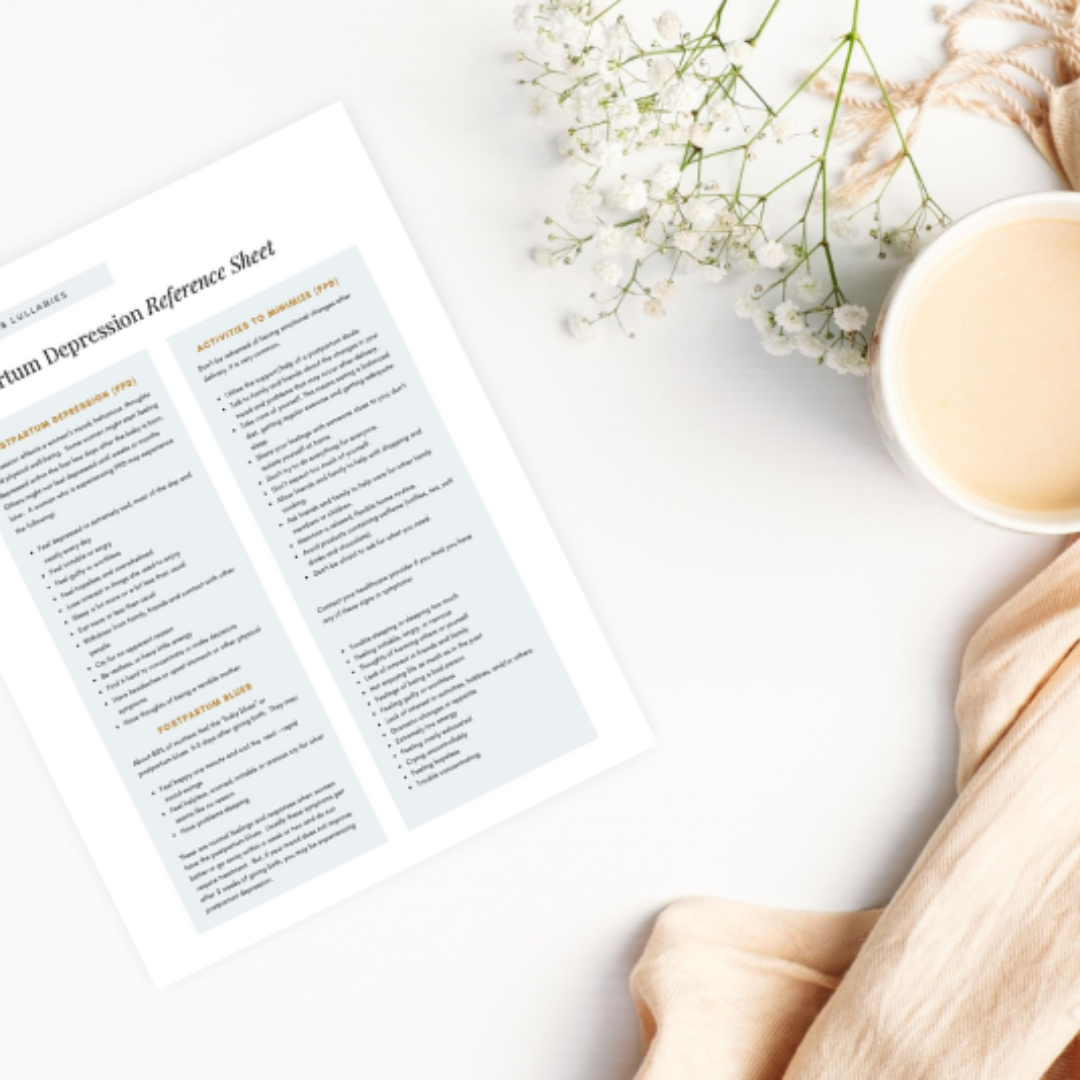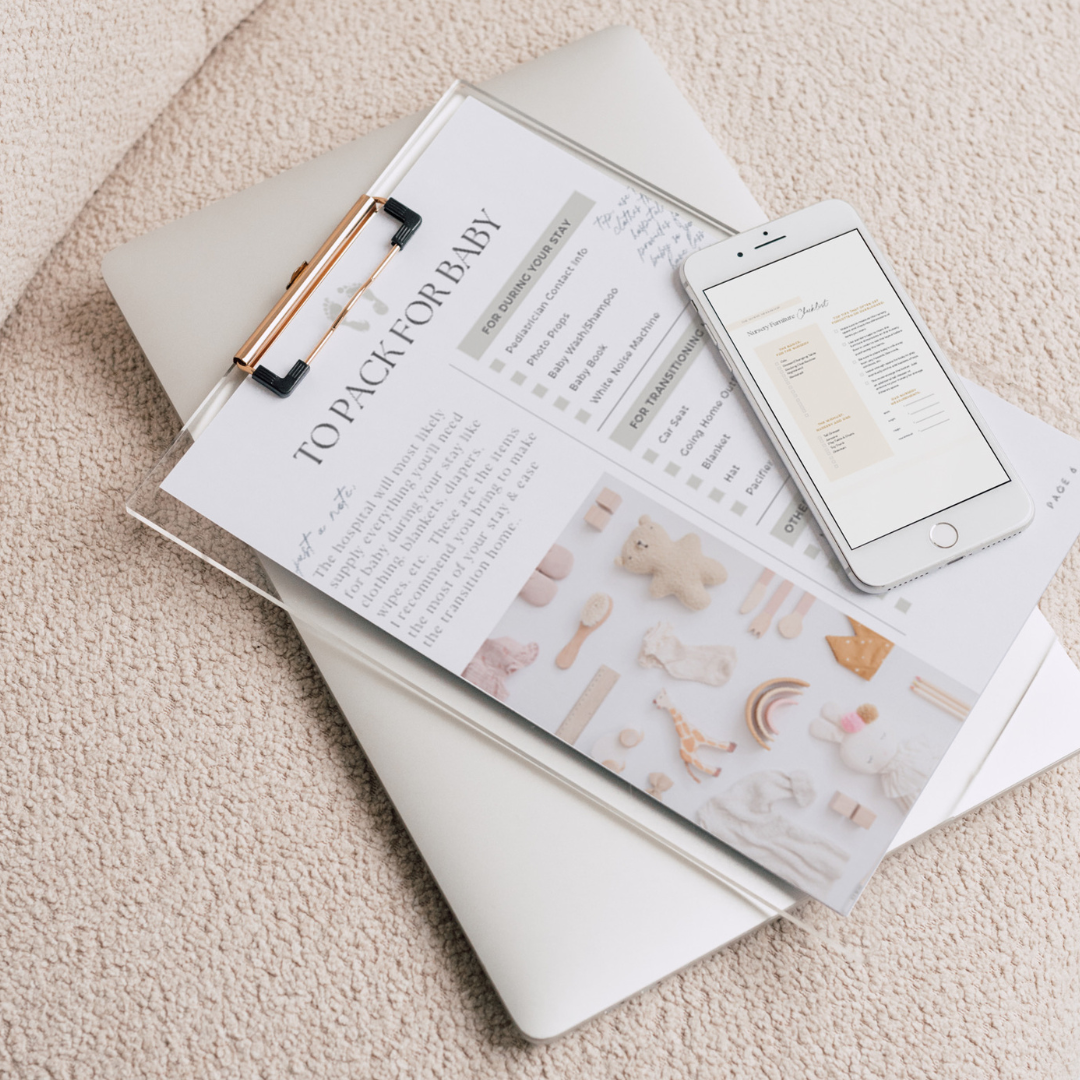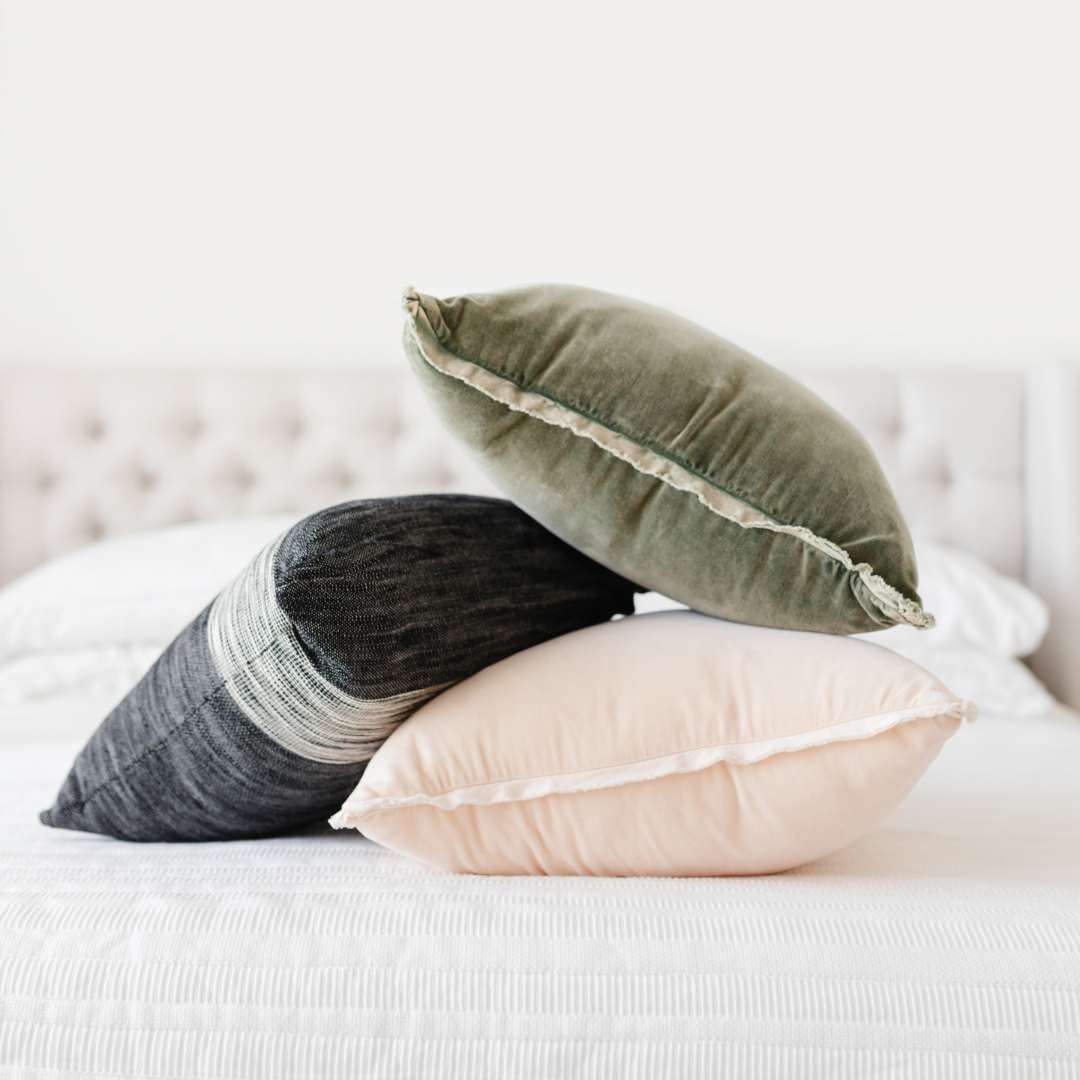
A postpartum sitz bath is a great way to heal after giving birth. It can help reduce inflammation and pain, and it can speed up the healing process. In this blog post, we will provide you with instructions on how to use a sitz bath, as well as some of the benefits that come with it.
{We are a participant in the Amazon Services LLC Associates Program, an affiliate advertising program designed to provide a means for us to earn fees by linking to Amazon.com and affiliated sites. To learn more about affiliate links, click here!}

Why Use A Sitz Bath After Birth?
A sitz bath is a shallow warm water bath that you can do at home to relieve pain and promote healing. All you need is a sitz bath kit, which you can purchase at most drugstores. Simply fill your tub with warm water and sit in it for 15-20 minutes. You may find that adding a soothing essential oil to your bath helps to further relax your muscles and ease your pain.
There are many benefits to using a sitz bath after giving birth. For one, it can help to reduce swelling and inflammation in the perineal area, which is the area between the vagina and anus. This is often a very sore and tender area for women after they give birth, and a sitz bath can provide some much-needed relief. Additionally, sitz baths can help to speed up the healing process by keeping the area clean and preventing infection.
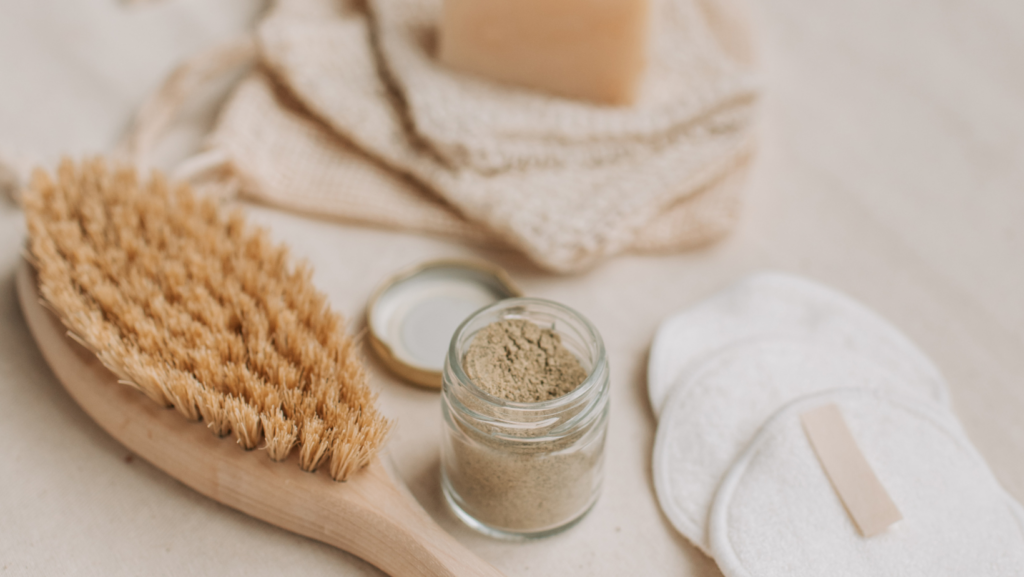
How Often Should I Use A Sitz Bath?
You can use a sitz bath as often as you like, but we recommend doing it at least once a day for the first week or two after giving birth. After that, you can decrease the frequency to a few times per week until your pain and swelling have completely resolved.
What Are The Benefits Of A Postpartum Sitz Bath?
If you are experiencing discomfort or pain after giving birth, a postpartum sitz bath may be a great option for you. This type of bath can help to reduce inflammation and speed up the healing process. Postpartum sitz baths are also said to provide relief from hemorrhoids, perineal tearing, and episiotomies.
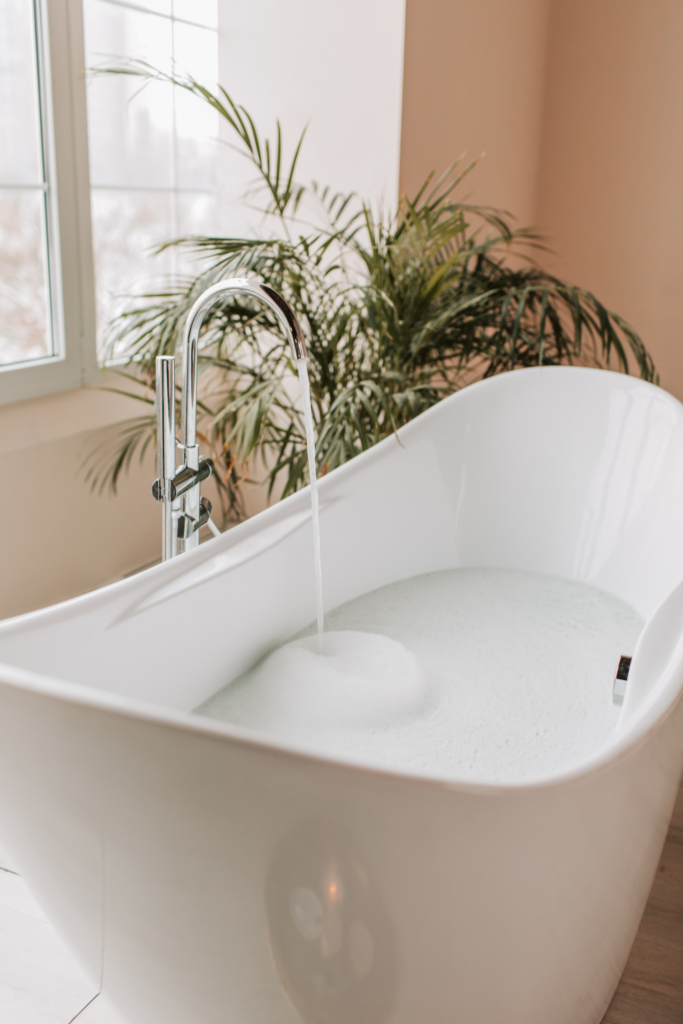
Reasons A Sitz Bath Helps Postpartum Healing
Most new mothers are all too familiar with the pain and discomfort that comes with postpartum recovery. From sore muscles to engorged breasts, the postpartum period can be challenging for even the most experienced parent. One way to speed up the healing process and ease the pain is to take a sitz bath.
The warm water helps to increase blood flow and reduce swelling, while the relaxed position can provide pain relief for sore muscles. In addition, sitz baths can help to soothe postpartum perineal pain, making them an essential part of the postpartum healing process. With so many benefits, it’s no wonder that sitz baths are a popular choice for new moms.

How To Use A Sitz Bath Kit
Now that you know all about the benefits of a postpartum sitz bath, you may be wondering how to use one. Luckily, sitz baths are easy to do at home with a sitz bath kit.
Postpartum Sitz Bath Instructions:
A sitz bath kit may not be the most glamorous item in your bathroom, but it can certainly be a lifesaver. The sitz bath basin is designed to fit over your toilet, and it can be filled with either warm or cold water. It is a great way to soothe hemorrhoids, relieve postpartum discomfort, and even speed up the healing process. But if you’ve never used a sitz bath kit before, the process can seem a bit daunting. Here’s a quick guide to using a sitz bath:
First, fill the sitz bath basin with warm or cold water, depending on what you’re hoping to achieve. If you’re using an herbal sitz bath, add the herbs to the water now.
Next, position the basin over your toilet seat, making sure that the opening is aligned with your anus. sit down in the tub, making sure that as much of your bottom is submerged as possible. You may need to use a towel to prop up your legs and back.
Stay in the tub for 20-30 minutes, then drain the water and gently pat yourself dry. For extra relief, apply witch hazel to the area with a cotton ball or pad.
After Your Sitz Bath:
After you’ve had a sitz bath, there are a few things you should do to make sure you’re taking care of yourself properly.
First, gently pat yourself dry with a clean towel. Don’t rub, as this can irritate your skin.
Next, give yourself a few sprays with a peri bottle filled with cool water. This will help to soothe any remaining irritation.
Finally, wash your basin with dish soap and lukewarm water. This is important for postpartum care, as it helps to prevent the spread of germs. By following these simple steps, you can help ensure that you’re taking care of yourself after your sitz bath.
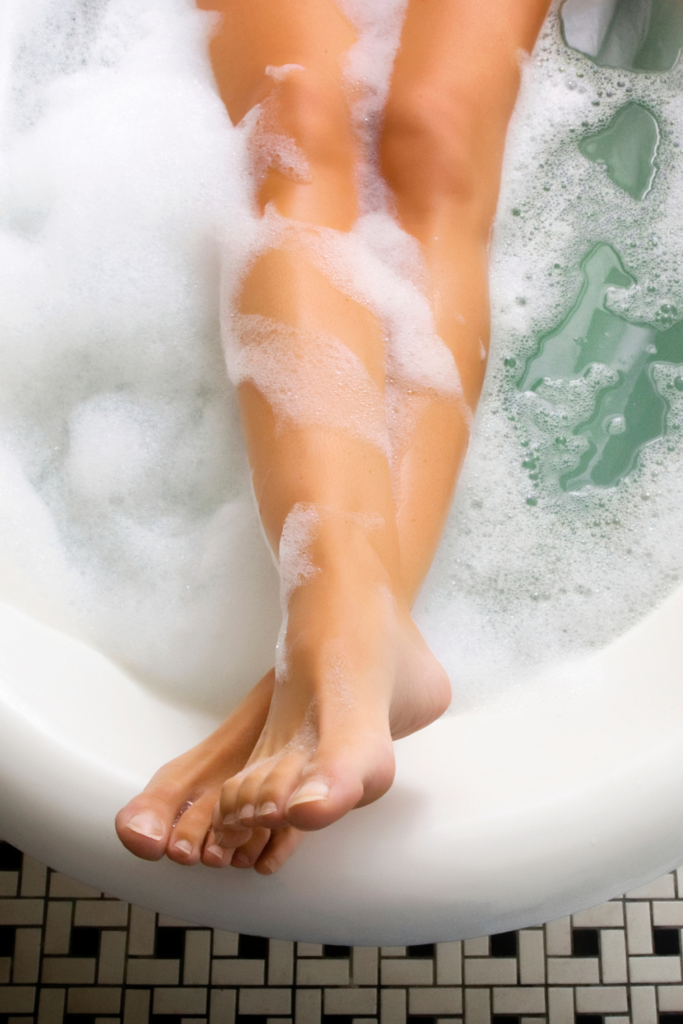
What To Avoid When Enjoying A Sitz Bath
When it comes to enjoying a relaxing sitz bath, there are a few things you should avoid. First, boiling water is a no-go. Not only is it dangerous, but it can also scald your skin. Second, avoid rubbing your skin too vigorously. A sitz bath is meant to be soothing, not irritating. Finally, if you don’t have your own sitz bath, make sure to use a clean one. Nothing ruins a good soaking like sitting in someone else’s dirty water. By following these simple guidelines, you can ensure that your sitz bath experience is both safe and enjoyable.
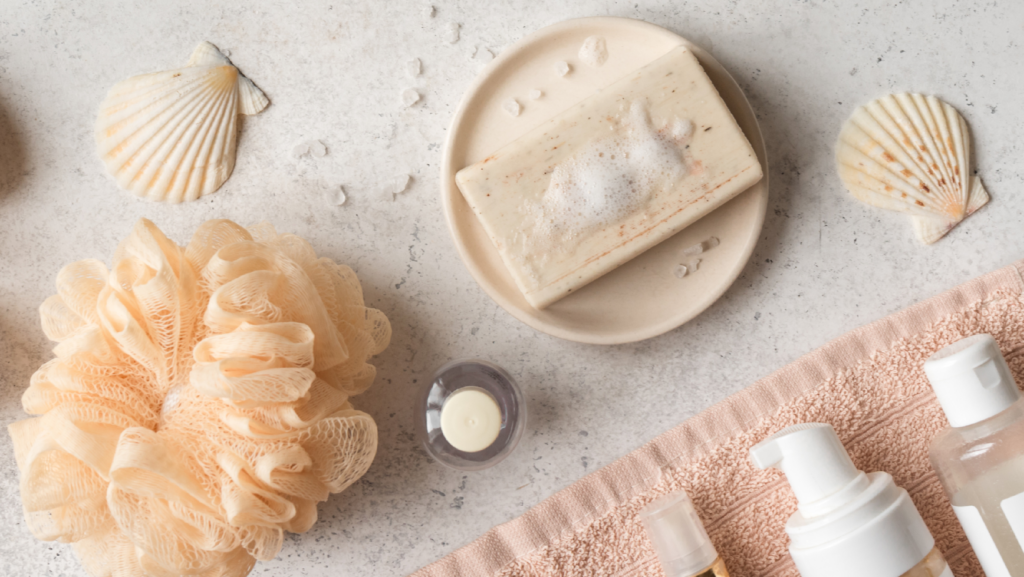
When To Stop Taking Sitz Baths
Most experts recommend taking sitz baths for the first few days after birth. After that, you can start to take them as needed. If you find that your symptoms are not improving, or if you experience any new pain, be sure to consult your doctor.
With these simple tips, you can enjoy all the benefits of a postpartum sitz bath. So go ahead and give yourself the gift of a little relaxation.

Soothing Sitz Bath Recipes
If you’re looking to add a little something extra to your sitz bath, there are a few recipes you can try.
For an herbal sitz bath, add any or all of the following herbs to your tub: chamomile, lavender, rosemary, calendula, and yarrow. You can even add a few drops of lavender oil or chamomile essential oils to your tub. And, for a soothing sitz bath, add some Epsom salts to your water to help reduce swelling.By adding these simple ingredients, you can turn your sitz bath into a luxurious experience. For a truly perineal spa experience, try any of these amazing sitz bath soaks…
- Mama & Wish Sitz Bath Tablets
- Eucalyptus Epsom Salts
- Birds & Bees Herbal Bath Soak
- Yono Stream Soothing Bath Soak
- Earth Mama Herbal Soak
- Matana Organic Postpartum Recovery Soak
- Ninja Mama Postpartum Bath
- Thena Natural Wellness Bath Salts
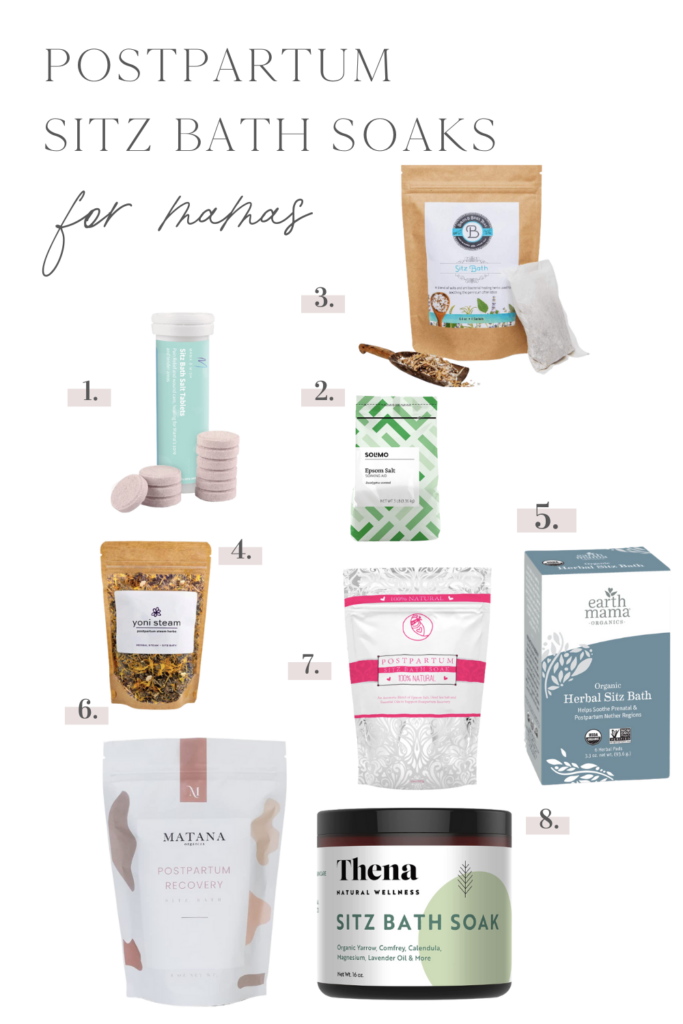
Postpartum Sitz Bath Must-Haves
Giving birth is no joke. Your body goes through a lot of trauma, and you deserve all the postpartum TLC you can get. One of the best ways to heal and relax after delivery is by taking regular sitz baths. Here are some must-haves for the perfect bath experience:
– A clean towel: You don’t want to be sitting in a dirty bath, so make sure you have a clean towel on hand to dry off afterward.
– Coconut oil: This natural oil is great for helping to heal wounds and prevent infection. It’s also super nourishing for your skin.
– Toilet paper: Because let’s be real, you’re going to need it.
– Essential oils: A few drops of lavender oil or chamomile oil can help to further relax you and promote healing.
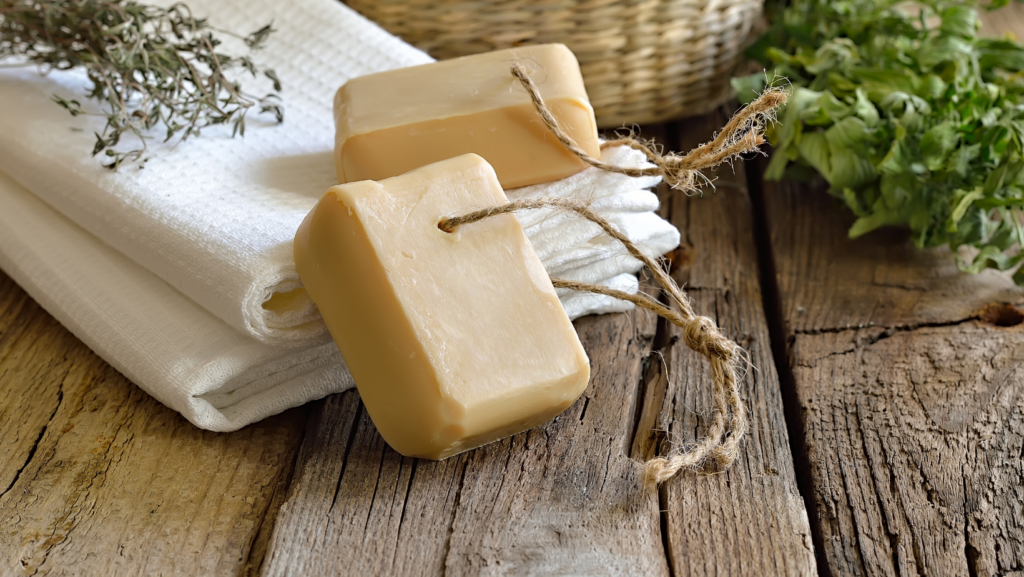
Our Favorite Sitz Bath Kits
Most hospitals can provide you with a sitz bath kit after you deliver your baby for free. But, if your get home and decide you need one, here are a few of the top rated bath kits on Amazon…
- Soothic Kit
- Yoni Steam Seat
- Drop of Diviniti Bath
- Zafina Collapsible Bath
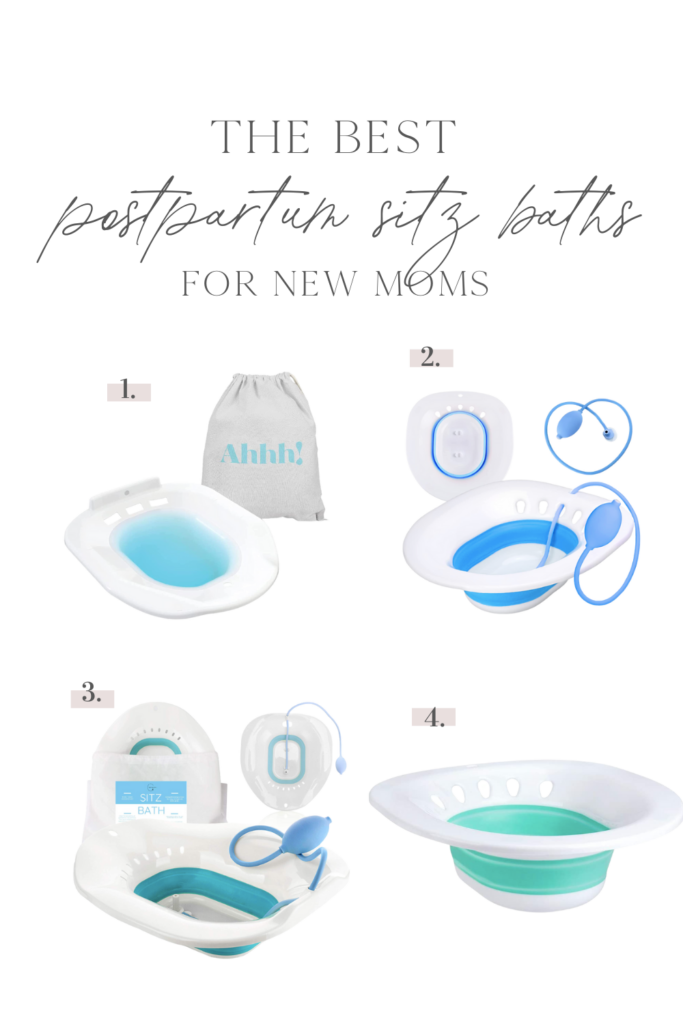
More Postpartum Healing Essentials
Sitz baths are a great way to help heal your body after giving birth, but they’re not the only thing you need. Here are a few other postpartum essentials that can help you heal and feel your best:
Nursing Bra
Your breasts will be going through a lot of changes after giving birth, so make sure you have a supportive and comfortable nursing bra.
Peri Bottle
This handy little bottle can help to soothe your postpartum hemorrhoids and keep you clean down there.
Nipple Cream
If you’re breastfeeding, nipple cream can be a lifesaver. Choose one that’s all-natural and free from synthetic fragrances. If you don’t like having ointment on your skin you can also try these silver cups that offer wonderful healing properties for your nipples without the mess.
Mesh Panties
These super breathable panties are great for postpartum bleeding and can help to prevent infection.
Perineal Ice Packs
These ice packs can help to reduce swelling and pain in your perineum.
Dermaplast Spray
This spray is often given to you while in the hospital but you can also buy it over the counter at any pharmacy. It is sprayed directly on your perineum and helps numb the area for comfort.
Tucks Pads
Tucks pads contain witch hazel which helps heal the perineum after vaginal birth and aid in your recovery.
Hydrogel Pads
Hydrogel pads are similar to tucks pads but they contain a cooling gel that helps soothe the area around your nipples. You can even pop them in the fridge for ultimate pain relief after breastfeeding.

Other Ways To Soothe Perineal Pain After Birth
There are a few other things you can do to help ease perineal pain after birth:
-Wear loose clothing: Clothing that is tight or constricting can irritate the area and make the discomfort worse. Stick to loose, breathable fabrics like cotton.
-Use cold compresses: Applying cold packs to the area can help reduce swelling and pain. Wrap them in a clean cloth before applying them to your skin.
-Try A Numbing Spray: This is a technique that can help to ease pain and promote healing. Talk to your doctor or midwife before trying it at home.
-Change Your Perineal Pad Often: It’s important to keep the area clean and dry to prevent infection. Change your pad every time you go to the bathroom and after any bowel movements.
-Apply Hemorrhoid Cream: This can help to soothe any irritation and reduce swelling. Talk to your doctor before using hemorrhoid cream on your perineal area.
-Use Witch Hazel: This natural remedy can be found in most drugstores. It helps to soothe and heal the area.
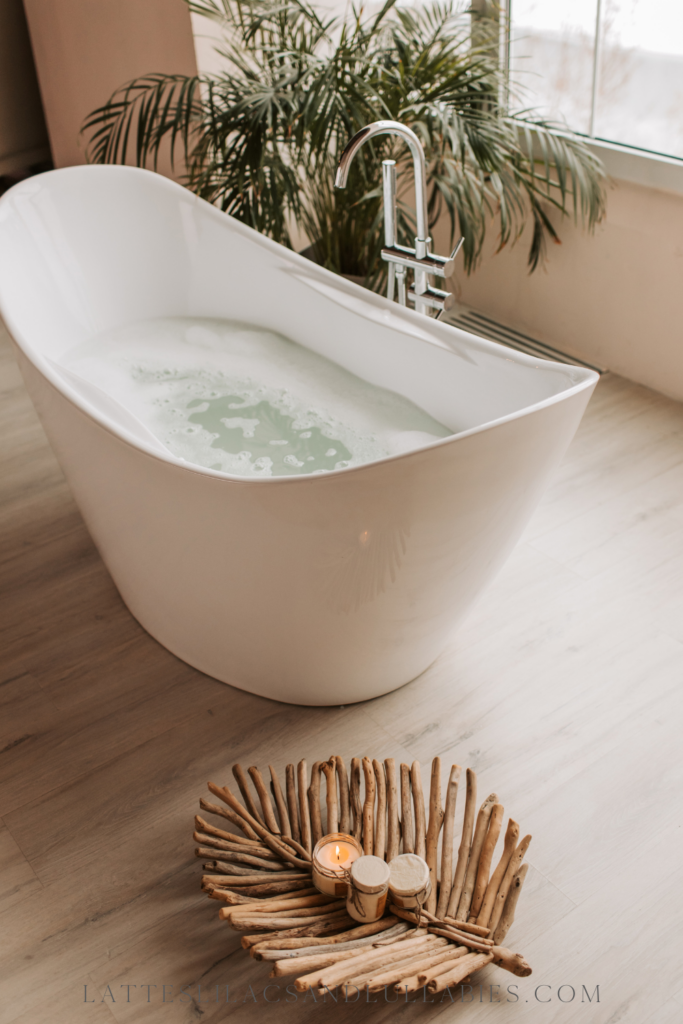
FAQs About Postpartum Sitz Baths
Now that you know all about sitz baths, you may still have some questions. Here are a few of the most commonly asked questions:
Q- How often should I take a sitz bath?
You can take a sitz bath as often as you like, but most women find that once or twice a day is sufficient.
Q- How long should I stay in the tub?
Most women find that 20-30 minutes is the perfect amount of time to soak.
Q- What temperature should the water be?
The water should be warm, but not hot. You don’t want to scald yourself, so make sure to test the temperature before getting in.
Q- Do you rinse after sitz bath?
Yes, it’s important to rinse afterward. Gently pat yourself dry with a clean towel and then give yourself a few sprays with a peri bottle filled with cool water.
Q- What should I avoid after a sitz bath?
You should avoid rubbing your skin too vigorously as this can irritate it. You should also avoid using soap on your genital area as this can dry out your skin.
Q- Can I take a sitz bath with stitches?
Yes, you can. Just make sure the water isn’t too hot and that you’re careful when getting in and out of the tub.
Q- Do sitz baths help dissolve stitches?
There is no evidence to suggest that sitz baths help dissolve stitches, but they can help with the healing process.
Q- What heals stitches fast after birth?
There is no one answer to this question as every woman’s body heals differently. However, some things that can help include: using a peri bottle after going to the bathroom, taking sitz baths, and keeping the area clean and dry.
Q- Can you use Epsom salt in a sitz bath after birth?
Yes, you can. Epsom salt can help to reduce swelling and are a great way to relax after delivery.
As you can see, there are many benefits to taking a postpartum sitz bath. By following these simple tips, you can ensure that your experience is both safe and enjoyable. So go ahead and give it a try! Your body will thank you.
Do you have any other questions about postpartum sitz baths? Leave them in the comments below!
More Posts You’ll Love…
- Postpartum Care Kit: All Essentials You’ll Need
- The 4th Trimester: What New Parents Need To Know
- Best Way to Swaddle a Newborn At Night
- Hospital Bag Checklist
- What The Hospital Provides After Birth
- Hospital Bag for Dad: What To Pack
- The Best Push Presents for Mom
- Ultimate Guide to Baby Essentials: What New Parents Need in the First 3 Months
- Best Snacks To Pack In A Hospital Bag
Stephanie Wilson

